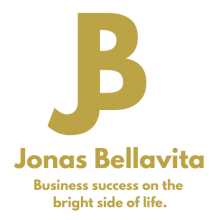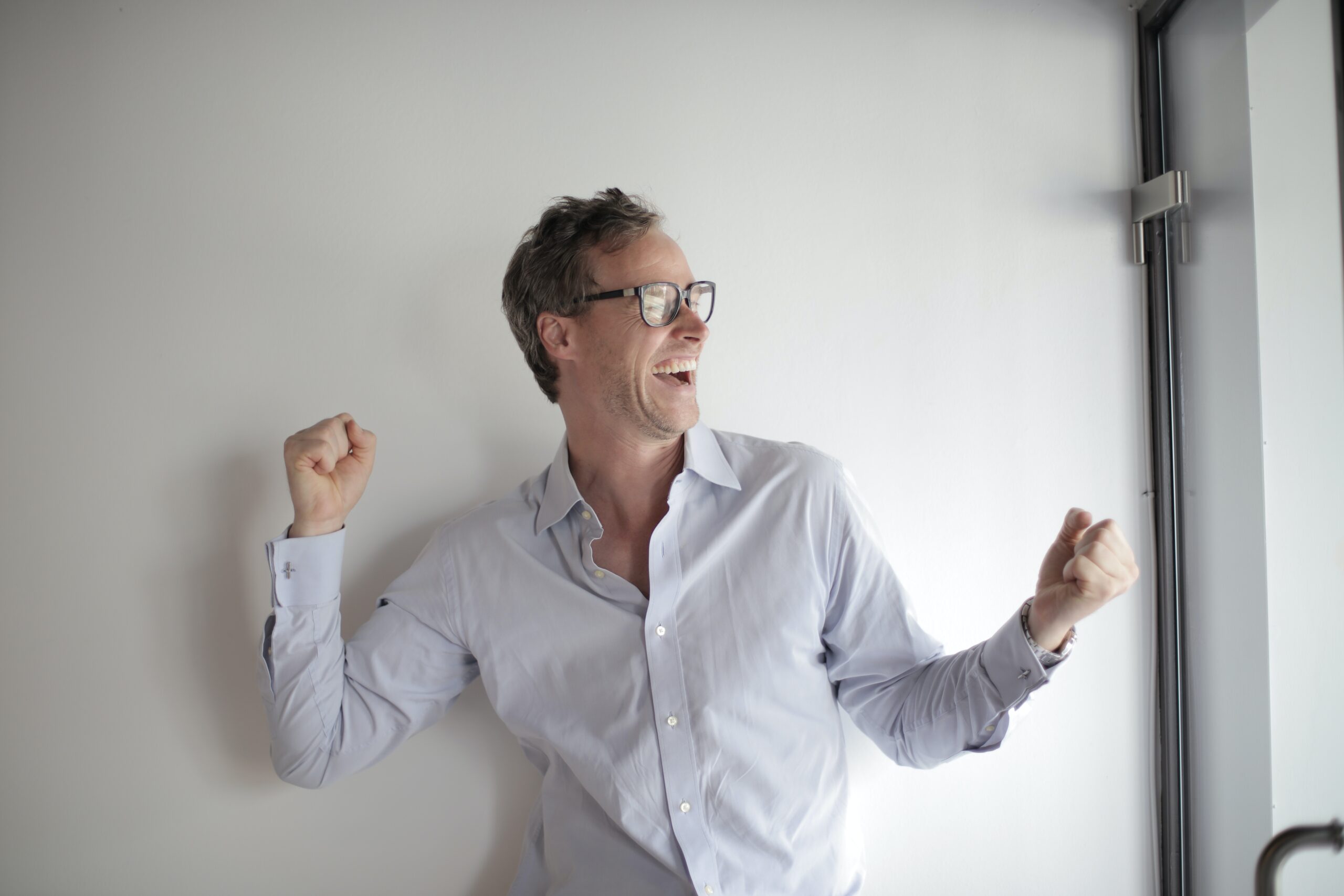Our brain has neural patterns and it prefers to use the known patterns. Similar to you having your preferred way to your job, studies or partner.
Habits give us the impression of the kind of safety that let´s us know what is happening.
Seemingly because what is known is that the part of our brain that is responsible for decision-making isn´t active during action out a deep-rooted habit. This means that the power of our consciousness is cut off for a moment.
There are the very basic habits for surviving and there are the ones that determine our style and way of living our lives.
We are the result of our current habits.
Habits are nothing else than a programme in our subconscious mind. Our subconscious mind is connected to but not easily accessible from our conscious mind. This means that if we want to know our subconscious programmes, we need to look at our always returning behaviours, actions, reactions, emotions we go through, beliefs we have about ourselves, our life and our possibilities and other kind of thoughts that we have.
Once we determine one undesired habit or programme consciously, we need to use the language of the subconscious mind to change the programme.
Here comes NLP, neuro-, linguistical programming in the game or process.
The techniques and basic understandings of our mind of NLP teach us how to speak the language of our subconscious mind and to interchange undesired or unhelpful programmes with desired and empowering or helpful programmes. In forms of habits, self-images and other beliefs and attitudes about oneself, the world and the life one lives.
It is the language for finding peace with non-needed past programmes and things in our life and to break into total new and before non-believable ways of being and living.
Before you start changing a programme, you better know exactly what you have to change.
The number one mistake people use in wishing and trying to manifest:
They know exactly what they don´t want and repeat thoughts around that all the time of their day.
Successful and desired change has to have the desired and successful as its focus in as many thoughts during the day as possible.
Knowing what you don´t want is easier for most of us but for positive change we need to become aware of the positive opponent of thing, belief, trait, situation etc. that we don´t want in our life.
Clarity brings power and choice.
Once you know a lot more what you want in each field of your life as your family situation, friendships and romantic partnerships or sexual life, career, finances, hobbies, physical condition or general personal development for example, you can determine the best working habits in forms of beliefs about possibilities now and in general in your life, things and yourself, as well as practical habits as your behavioural habits, daily actions and habits that you practice once a week, month and year.
Once we start to seed and cultivate and water in each field the most urgent habit, and then the next one etc. we automatically become a new collection of habits. Of habits that naturally bring us now other results and feedback in different forms and situations and relationships in life.
“Successful people are simply those with successful habits.”
Brian Tracy
The importance of our self-image.
During the installation of a new habit it is important to include it immediately in the current self-image by using fitting “I am ..” and “I do..” or “I have ..” affirmations along with the proper feeling and sensation of celebration, a little healthy ego proudness and release of being, doing or having whatever you desire, in this case a new habit and with this trait of your personality and way of living.
Go step by step with all the new habits and the implementation into your self-image. The more habits you try together in the beginning, the more aware and resistant you have to work with your mind also. I recommend to make it a smooth growing process into lighter areas.
“Winning is a habit. Unfortunatelly, so is losing.”
Vince Lombardi
Enjoy the installation of habits that support your intermediate- and long-term goals.








